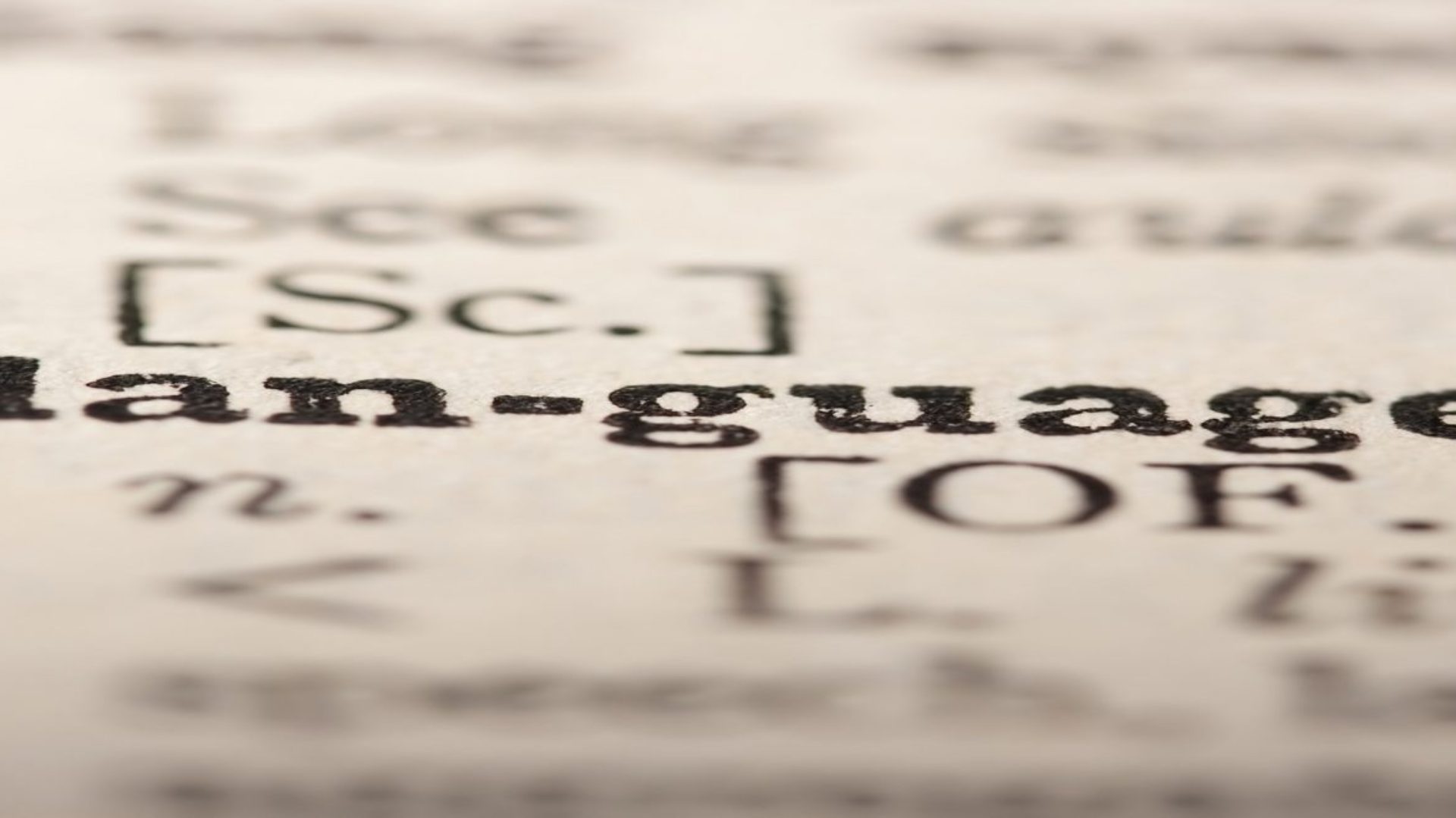Recognizing Dyslexia, Part 2
Proficiency in reading is critical to a child’s success in school. Therefore, recognizing dyslexia as early as possible can make an enormous difference in the outcome. However, this can be more difficult than it sounds.
Unfortunately, we lack definite diagnosis guidelines. While there are many sources of dyslexia information, much of it is vague. A parent can get an ex-ray for definite proof that a child has a broken arm. Sadly, no such test exists for the child who may be struggling with dyslexia.
Recognizing Dyslexia by the Symptoms
The Mayo Clinic has published suggestions for recognizing dyslexia in your child. Like so many other sources, their language is less than definite. They say, “Signs of dyslexia can be difficult to recognize before your child enters school, but some early clues may indicate a problem.” They go on to say that, once a child is in school, the symptoms of dyslexia may become more apparent. Yes, they may.
What are the symptoms of dyslexia? An internet search turns up countless sources of symptom checklists. Reading Rockets, for example, has a very detailed list. These are not inaccurate, but they are also not specific to dyslexia alone. Your child may be late in developing oral language, but there are several possible causes. Your child may reverse the letters “b” and “d,” but, again, there are several possible explanations. Understood.org has a great one-page fact sheet. You may find it helpful.
In addition, students develop coping mechanisms after a certain amount of struggle. They may get good at hiding their dysfunction. Instead, what teachers and parents see is frustration or poor behavior. These manifestations also have a variety of causes. Consequently, they don’t make it easier to specify the core problem.
Is there an alternative to recognizing dyslexia?
When our country wanted to eradicate measles, we didn’t wait for symptoms to appear in children. We simply assumed that a certain number of children would be exposed to the bug, and we vaccinated. That worked!
Currently, many researchers are concluding that the “treatment” for dyslexia is greater phonemic awareness. Phonemic awareness is the ability of students to make connections between the letter symbol and the sound it generates when a word is spoken. Unfortunately, we are not born with this skill; it has to be taught. More and more researchers are hailing it as the secret to reading proficiency. That’s why it is the foundation of our method at SoundEnglish.
When you teach phonics, students make the phonemic connections that help them recognize unfamiliar words. They begin to understand how words are constructed, which makes them easier to decode. Some students catch on to this very quickly, and the decoding process becomes almost automatic. Others, such as a dyslexic, may take longer to unlock the secrets of phonemic awareness. When they do, however, they will also accelerate their success.
Teaching phonics is a good first step in addressing the needs of all students, but especially the fifteen to twenty percent who are dyslexic.

